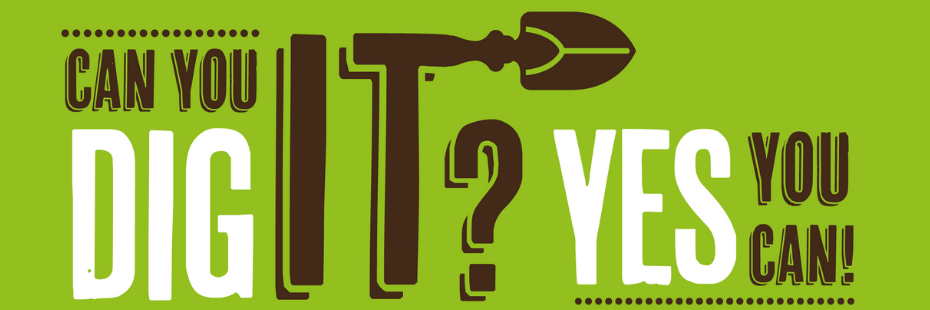
How to camp responsibly
Camping is a fantastic low-cost way to enjoy the outdoors, connect with nature and spend time with family or friends. Before you set off on your camping trip, read this guide to ensure you minimise the impact of your stay.
Loch Lomond & The Trossachs National Park is lucky to boast a unique landscape that is home to both thousands of people who live and work here and a huge variety of wildlife. If you’re planning a camping trip, it’s important to consider the impact your visit could have everyone and everything that calls the National Park home. We all have a role to play in protecting the environment and showing respect to the Park, and the little things we do can make a big difference.
Here are a few simple tips on how to camp responsibly:
-
- Deciding where to camp: When planning your trip, check if you’re allowed to camp at your chosen spot. Wild camping is permitted in Scotland, however there are Camping Management Byelaws in place in the National Park from March to September to manage visitor numbers at many of our most popular lochshores. In these areas, you will need to get a permit before you can camp. You might prefer to stay at an official campsite with more amenities such as toilets and showers. Be sure to book in advance, as you will not be able to book once you arrive.
- Familiarise yourself with the Scottish Outdoor Access Code: Make sure you are aware of what you should and shouldn’t do in the outdoors before you arrive. The Scottish Outdoor Access Code is built on three key principles: Respecting the interests of others, caring for the environment and taking responsibility for your own actions. Access rights are different in Scotland than the rest of the UK. Read up on the specific camping guidance so you know before you go.
- Ditch the disposables: When packing your bag, try and bring reusable items to limit the amount of waste you create. For example, you could bring reusable containers for your food and drinks, reducing the amount of single-use plastics you bring into the natural environment. This applies to camping gear, too. It’s worthwhile investing in tents and other equipment that won’t deteriorate after just a few uses. Never leave your camping gear behind. Bring a couple of large bin bags with you so if your tent is wet or the midgies are driving you wild when you need to pack up you can just bundle the tent, poles and tent pegs in there, and worry about getting it dried and back in its proper bag later. Leaving tents and other items is flytipping and you could be fined.
- Take it home: When camping in the wilderness, there won’t always be bins close by and in some areas collections may not be happening as regularly as usual. Always remember to pack some bin bags so you can pick up all your rubbish and take it home with you. Leaving litter spoils the view for others, it can be harmful to wildlife and it’s expensive to clean up. If you do see a bin, only use it if there’s room. Leaving litter next to a full bin is still littering, and it can often encourage others to do the same, resulting in huge piles of waste. Your rubbish is no one’s responsibility but yours. If you can bring it, you should take it away.
- Enjoying a campfire responsibly: Sitting round a campfire can sound like a nice idea, but fires are extremely dangerous and destructive to the natural environment so it’s important to know the facts. If you must have a fire, always bring your own wood, and bring a portable raised fire-pit to prevent damage to the ground. Keep it small, under control and supervised at all times. When you are done, make sure it is extinguished completely and remove any trace of the fire before leaving. Seasonal Camping Management Byelaws make it an offence to have a fire which causes damage to the environment. This includes the burning of the ground/grass, chopping down live trees and the collection of deadwood.

Bring a trowel
- Shh… it happens: It’s not a glamorous topic but it’s essential that you know what to do when nature calls and there are no toilets available. Read our guidance and check the status of our facilities before setting off so you can ‘go’ before you go. Bring a trowel so you can bury your waste and a bag to bin your used toilet paper and/or sanitary items. There will be some places where you can’t dig a hole (for example if you’re under 30m away from water or buildings), in that case you should be prepared to pack your waste and take it with you to put in a bin later.
- Be considerate: The National Park is one of Scotland’s most iconic destinations and we’re pleased to welcome anyone who wants to explore this beautiful area. It’s a popular place, so you might not be the only one who wants to camp in your chosen spot. Be sure to choose a spot away from other campers to be able to maintain physical distancing and avoid areas near people’s homes and livestock. If there are other people around, be respectful and mindful of how much noise you are making so that others can enjoy nature’s tranquillity too.
- Do a last minute litter check: After you’ve packed up your things, give the area a quick scan to check you haven’t missed anything and take all your litter away with you.
You can also check out our camping hub for further guidance and ideas for your next trip.

